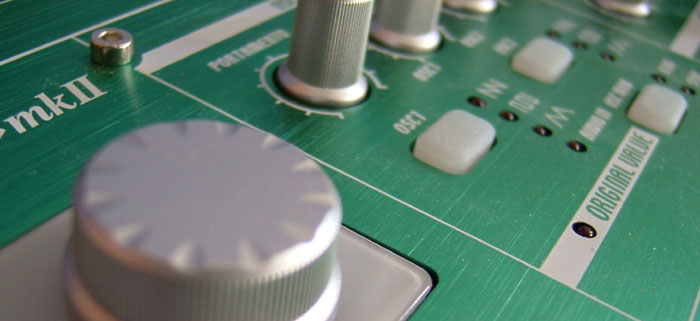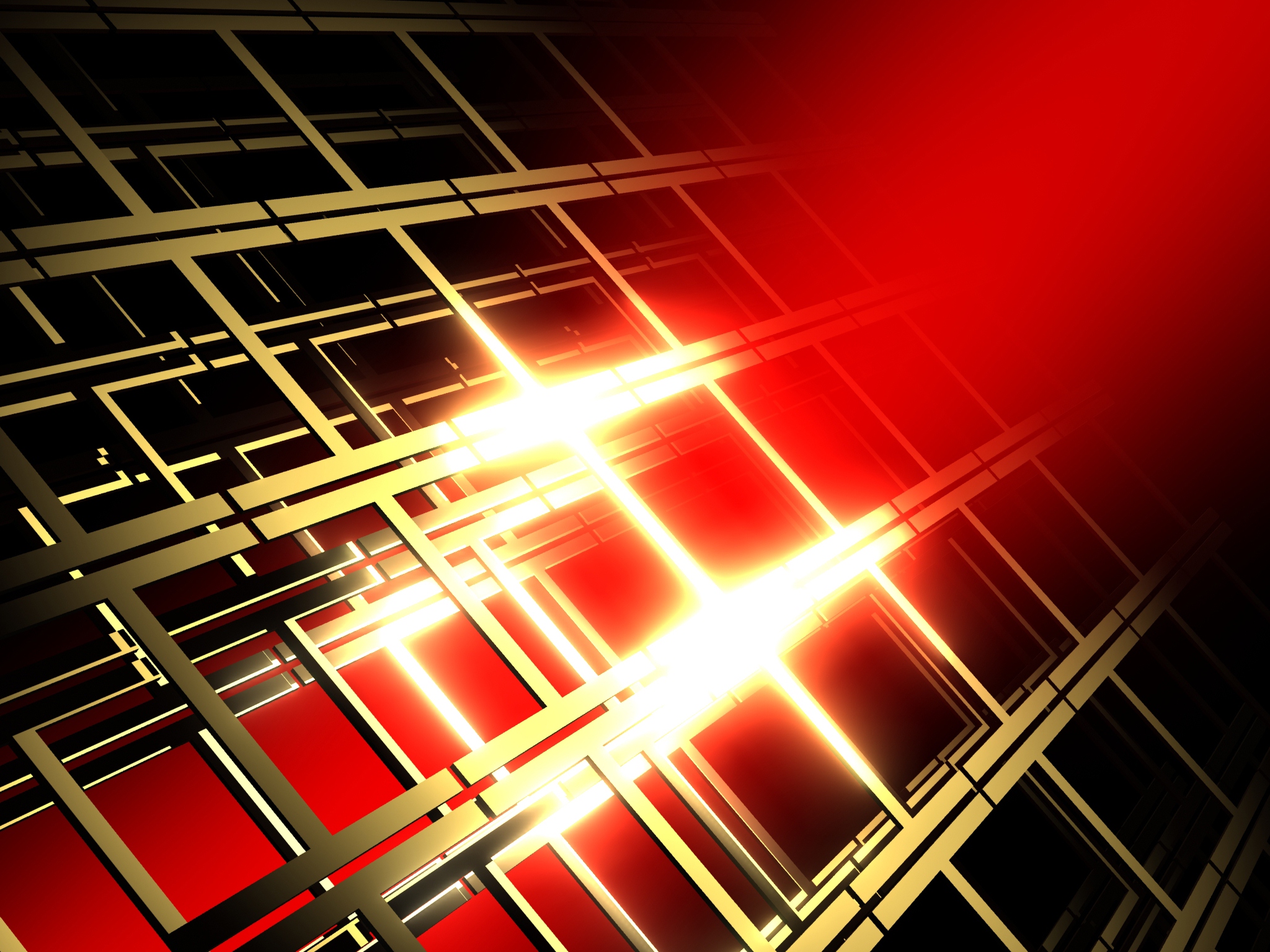
Image by NathanaelB via flickr
They were pretty common with bands at least in the 1970s and 1980s, and probably still are – electronic synthesizers. Just check out video and sound of this Depeche Mode song ‘Just can’t get enough.’ Synthesizers generate artificial sounds by breaking these down into their individual frequency components and then generating these components artificially. In a paper published in Science this week, Andy Kung and colleagues from the Institute of Atomic and Molecular Sciences of the Academia Sinica in Taiwan and other Taiwanese institutions have now demonstrated the equivalent of electronic synthesizers, but for light. […]
Continue reading...

Photo by piglicker via flickr.
I don’t have much time this week and next to blog, but yesterday Science published an interesting paper by Hui Cao and colleagues at Yale that is hard to ignore. It is the ‘anti-laser’.
In short, this anti-laser does exactly the same what a laser does, just with time reversed. You can do that because the physics involved in the laser doesn’t change when you reverse the time. It is as if you play a laser backwards.
A laser requires at least two energy states that are placed between two mirrors. An electron in an upper energy state relaxes to the lower one and emits light. If the electrons are continuously pumped into the upper state, the light that bounces between the mirrors becomes increasingly intensive and at some point lasing kicks in. One of the two mirrors is semi-transparent, so the laser light can get out of the device.
[…]
Continue reading...

Credit: Yushin Kim, Korea Advanced Institute of Science and Technology
How does a lens work? Well, as the light arrives at the lens it gets bent towards the focal point of the lens. The denser the lens material is in comparison to the surrounding air, the more it is deflected. The materials property that quantifies this effect is the refractive index.
For lenses, the general rule is that a larger refractive index is better. That’s because the maximum resolution of a lens gets better as the refractive index increases. This is of crucial importance for applications where resolution matters, for example in the fabrication of semiconductor transistors, says Xiang Zhang, a physicist from the University of California in Berkeley. “A large index is very useful for high-resolution imaging and lithography. That’s what the billion dollar semiconductor industry critically needs and have investigated in heavily.”Typically, the refractive index varies anywhere between 1 (air) and 3. That of window glass is about 1.5.
Bumki Min from the Korea Advanced Institute of Science and Technology (KAIST) along with colleagues from other institutions now have demonstrated an artificial material whose refractive index is a staggering 38.6. Their paper is published in this week’s issue of Nature.
[…]
Continue reading...





March 4, 2011
Comments Off on Synthesizers for light waves